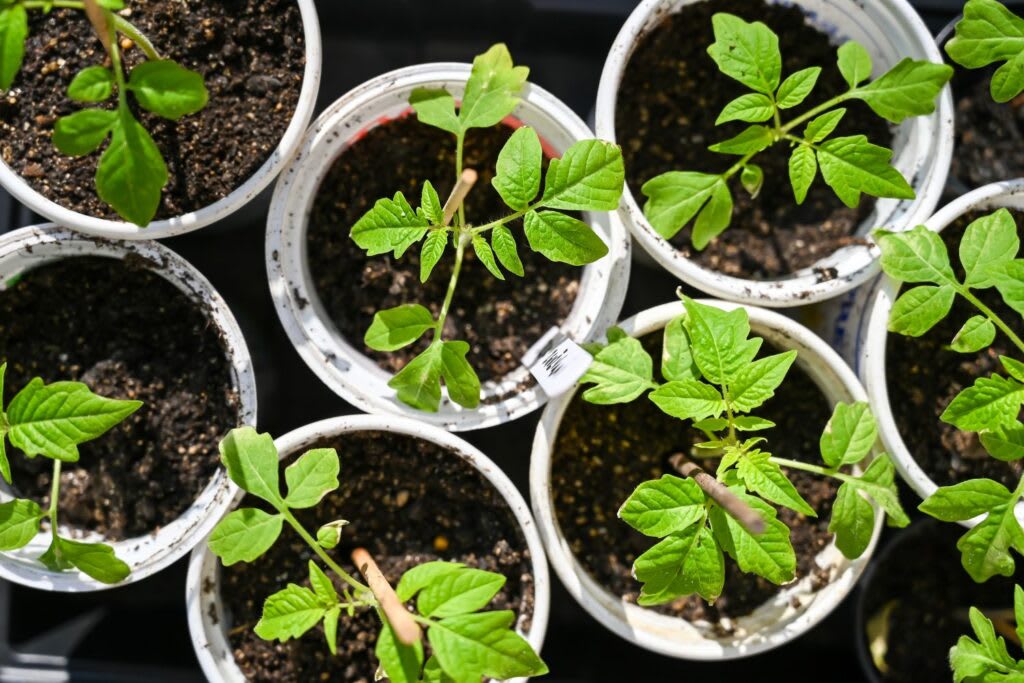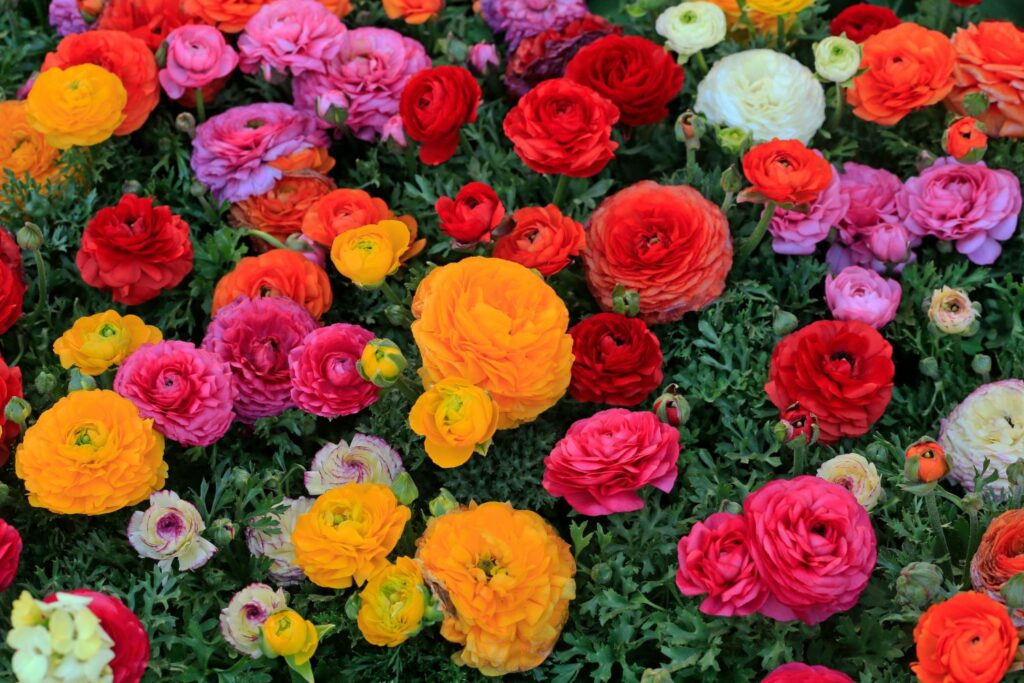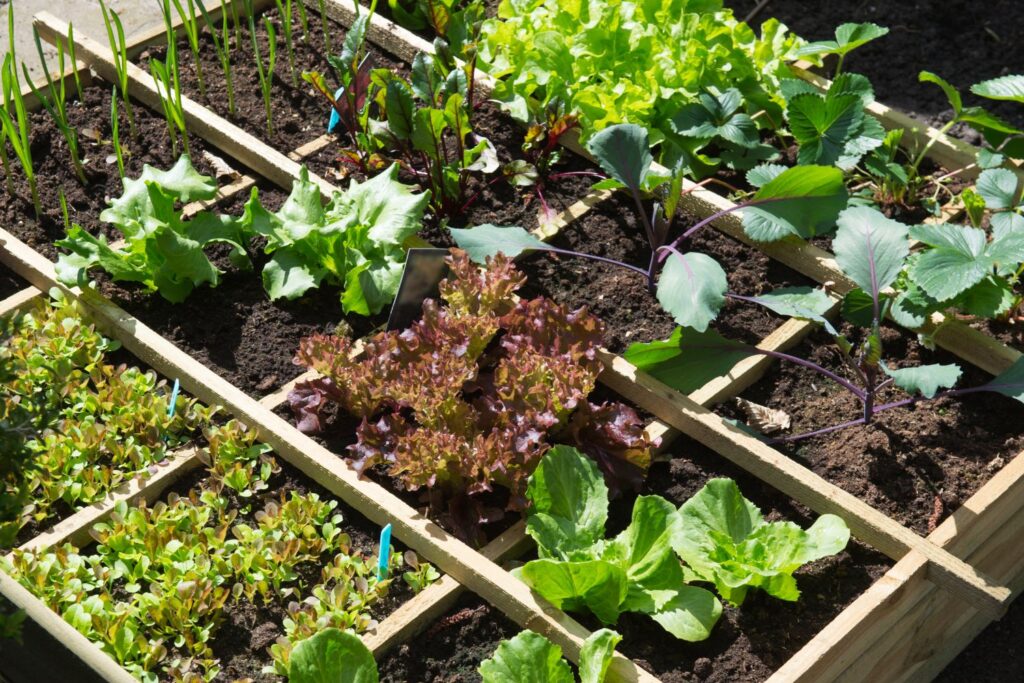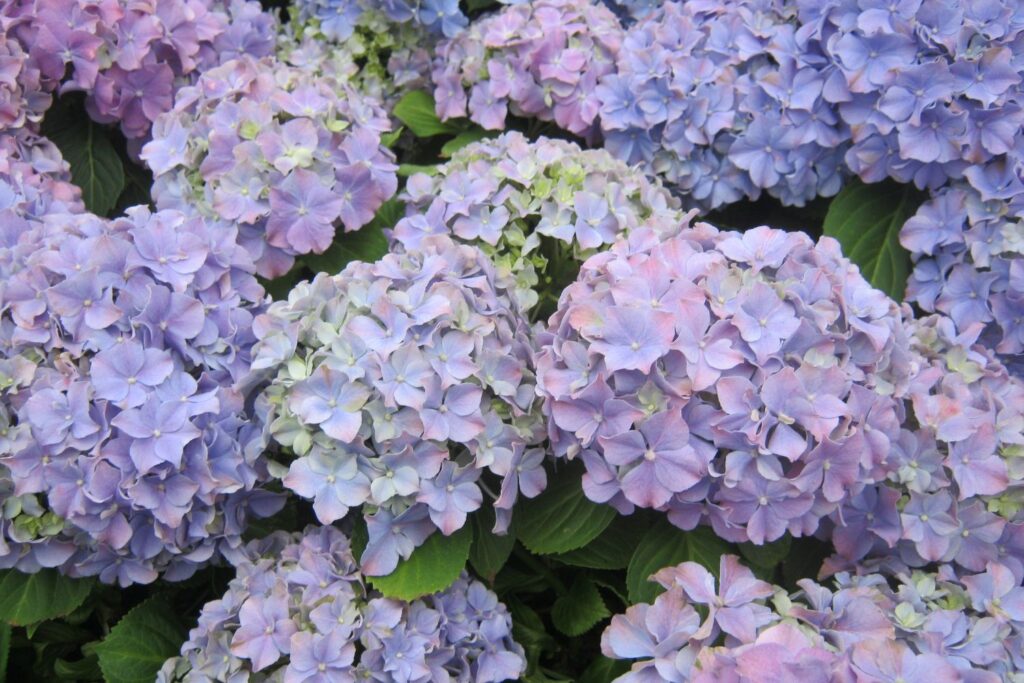Watch Your Garden Grow with Jennifer Ng’s Pacific Northwest Gardening Guide!
Let’s find out the tips and to-dos for your summer harvest. When team member Jennifer Ng, senior real Estate Specialist and Broker, isn’t busy helping real estate clients, she’s in her garden or in the kitchen cooking her latest harvest. Below, she’s sharing her tips to have year-round success with your garden.Gardening in Seattle during the summer months offers a bounty of opportunities for both novice and experienced gardeners. The temperate climate of the Pacific Northwest, combined with longer daylight hours, creates ideal conditions for growing a variety of fruits, vegetables, and flowers.
This guide provides detailed tasks for each month, comprehensive explanations on how to perform them, recommendations for tools, amendments, organic fertilizers, and techniques aligned with organic no-till gardening practices, as endorsed by the Seattle Tilth Alliance.

July
If you planted vegetables and fruits earlier this year, you should be enjoying the harvest of the following:
Vegetables
Begin harvesting peas, early carrots, lettuce, radishes, and early potatoes. Use a sharp knife or garden scissors to cut leafy vegetables. For root vegetables, gently loosen the soil with a fork and pull them out.Fruits
Harvest strawberries, raspberries, and early blueberries. Gently pull ripe berries from the plant. Berries are ripe when they are fully colored and easily come off the stem.Pest Management
Use organic insecticidal soap or neem oil to control pests. Dr. Brommers Insecticidal Soap & Safer Brand Neem Oil Spray the affected plants with insecticidal soap or neem oil, following the manufacturer’s instructions. Apply in the early morning or late evening to avoid burning plants.Fertilizing
Side-dress growing plants with compost or organic fertilizer. Spread a small amount of compost or organic fertilizer along the sides of your plants and gently work it into the soil.Staking and Trellising
Support taller plants like tomatoes and beans with stakes or trellises. Drive stakes into the ground near plants and tie stems loosely to the stakes using garden twine. For trellises, guide plant vines to climb up the structure.Tools: Garden stakes, trellis netting, garden gloves. Plant StakesAmendments: Seaweed extract, compost tea. Seaweed Fertilizer & Compost Tea Recipe

Flowers
Pruning
Prune back leggy growth and dead stems to maintain plant health. Use sharp pruning shears to cut back overgrown or dead stems just above a healthy leaf node. Remove any diseased or damaged parts to promote healthy growth.Deadheading
Remove spent flowers to encourage continuous blooming. Pinch or snip off spent flowers just above the first set of healthy leaves. This directs the plant’s energy into producing more blooms.Fertilizing
Feed with a balanced organic fertilizer to promote blooms. Apply according to the package instructions, generally around the base of plants, and water in thoroughly.Tools: Pruning shears, garden scissors.
Amendments: Liquid kelp, fish fertilizer.

August
Plant Fall Crops
Sow seeds for fall crops like kale, broccoli, cabbage, and cauliflower. Prepare the soil by loosening it and adding compost. Sow seeds according to packet instructions, cover lightly with soil, and water well.Vegetables
Harvest beans, cucumbers, zucchini, tomatoes, and peppers. Pick vegetables when they are mature. Beans should snap easily, cucumbers should be firm, and tomatoes should be fully colored.Fruits
Continue harvesting berries and start picking apples and pears. Gently pull fruits from the tree when they come off easily in your hand.Weeding and Mulching
Keep up with weeding and apply a fresh layer of mulch. Regularly weed your garden and apply a new 2-3 inch layer of mulch around plants to retain moisture and suppress new weeds.Watering
Deep water in the morning to reduce evaporation and fungal issues. Water deeply, ensuring the soil is moist to a depth of at least 6 inches. Water early in the day to allow foliage to dry out, reducing the risk of fungal diseases.Soil Health
Add compost to replenish soil nutrients after harvest. After harvesting, spread a layer of compost over the garden beds and gently work it into the soil with a garden fork.Tools: Long-handled hoe, watering wand.
Amendments: Green manure crops (fancy name for certain cover crops), rock phosphate. What are “Green Manure Crops”

Flowers
Deadheading and Pruning
Maintain regular deadheading and prune back overgrown plants. Continue removing spent blooms and cutting back overgrown stems using pruning shears.Watering
Continue consistent watering, particularly during dry spells. Water early in the morning, ensuring the soil remains consistently moist, but not waterlogged.Planning for Fall
Start planning and preparing beds for fall flowers. Clear out spent summer flowers, add compost, and prepare the soil for fall planting by loosening and leveling it.Tools: Soil knife, watering can with rose attachment. Soil Knife aka”Hori Hori”
Amendments: Organic compost, mulch. Gardners World recommended mulches
Recommended Tools and Products
Hand Trowel – Essential for planting and weeding. Fiskars Hand Trowel & GE Hand TrowelGarden Fork – Useful for turning soil and compost. Radius Ergonomic Gardening Fork
Watering Can – For gentle watering of plants. Behrens Steel Watering Can
Pruners – For deadheading and pruning. Felco F-2 Classic Hand Pruners
Drip Irrigation Kit – Efficient watering system. Raindrip Automatic Watering Kit
Nurseries
Zenith Holland Nursery
Located in Des Moines, WA, Zenith Holland Nursery offers a wide range of plants, seeds, veggie starts, gardening tools, and expert advice. Visit their website Zenith Holland Nursery for more information.Seattle Tilth Alliance
Provides resources, classes, and information on sustainable gardening practices. Visit their website Seattle Tilth Alliance for more details.Sky Nursery
Located in Shoreline, WA, Sky Nursery offers a huge assortment of plants, vegetables, fruit trees, indoor and outdoor plants, accessories as well as tools, and garden supplies. Visit their website Sky Nursery for more information.Swansons Nursery
Located in Seattle, WA, Swansons Nursery offers a variety of plants, home goods, garden accessories, unusual plants and gardening supplies. Visit their website Swansons Nursery for more information.
West Seattle Nursery
Located in Seattle, WA, West Seattle Nursery offers a variety of outdoor and indoor shrubs, plants and trees. Visit their website West Seattle Nursery for more information.Hopefully this guide helps you make the most of your gardening efforts during the summer months in Seattle, ensuring a bountiful and beautiful garden. Tag us in your garden pictures on Instagram so we can see the fruits of your labor! Six Degrees Team Instagram.

